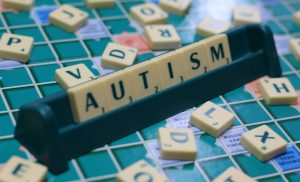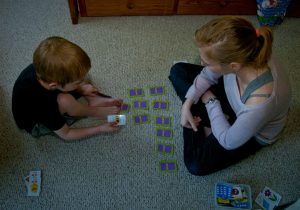Individuals on autism spectrum receive a clinical diagnosis of anxiety. However, it doesn’t limit the condition there. Children also experience subclinical levels of anxiety that don’t necessarily need a diagnosis. It affects their lives even without noticing any signs and symptoms.
Top-Down And Bottom-Up Data Integration

The integration of top-down and bottom-up data is crucial in helping children with autism. The top-down process is where teachers provide parents with a standardized checklist and questionnaires about anxiety symptoms. It allows parents to monitor their children in their respective homes to know how often they show signs of anxiety. The bottom-up data, on the other hand, is the collection of data where teachers evaluate to understand what anxiety looks like to children experiencing it. Sally Winston, PsyD once stated that “some commonly held beliefs about anxiety disorders that are mostly or partially false, including why reducing stress, thinking positive thoughts, gaining insight about its origins, and lots of reassurance often do not really help much in reducing significant symptoms of anxiety.” However, the top-down and bottom-up data integration helps in getting a more in-depth and fuller description of what anxiety looks like in children with autism.
Anxiety undergoes a lot of description, which is why there’s a need to know its specifications. “It can feel as if something is medically or physically wrong, but if you are having a panic attack, nothing is physically wrong. What you are experiencing is actually psychological, and can be very effectively treated with psychotherapies.” says Dr. Chantal Gagnon PhD LMHC. The development of an anxiety profiling system allows identifying children’s signature over the mental condition. It is called a signature because every child in the autism spectrum suffers from different signs and symptoms. The process allows teachers and parents to know if the symptoms of anxiety will stay the same as children grow of age or it will reveal changes as they cross different educational settings. Though the process may somehow take time, it is proven to show significant results to those who underwent anxiety profiling system.

Understanding Primary Emotions
Understanding the primary emotions of children with autism is an essential factor in helping their developmental growth. Their fear and anxiety give them a constant sense of doom. So to get a cut-down on the emotional and psychological dilemma, there must be sameness in children’s lives. There should be a predictable and safe routine environment where children can stay away from drastic changes so they can avoid getting freaked out. Though change is an inevitable event and no one knows what could happen, children with autism should get an idea that things will soon happen. It doesn’t have to be precise though. Encouraging a safe environment is enough to grow children with autism into adults who are flexible and adaptable.

Less Anxiety With Visual Support
Visual support creates lesser anxiety for children with autism. With the use of a lot of pictures, it helps them understand and follow things thoroughly. It allows them to know entirely what they have to do every day in school or even at home. Since children with autism do not tend to initiate, visual representation breaks down their expectations and gets them to do each step. However, it is significant to note that every child is different. Therefore, not all visual representation applies to all of them. Depending on how severe the autism spectrum condition is and depending on the rate of their IQs, results may take time.
“There is no cure for autism, nor is there one single treatment for autism spectrum disorders. But there are ways to help minimize the symptoms of autism and to maximize learning.” Karla Helbert, LPC, E-RYT, C-IAYT said. There is no easy way to teach children with autism anything, so patience is a must. Instead of pushing them to know things, allow them to learn it through themselves. It is essential to understand that these children need support, care, and attention, so the first way to do it is by removing their fear and anxiety out of the way.